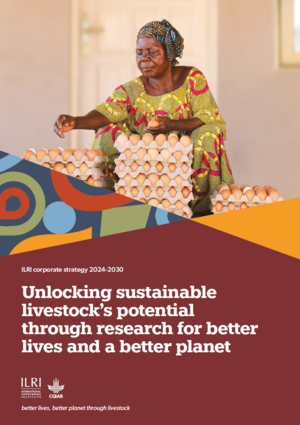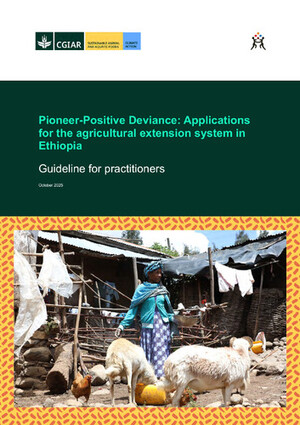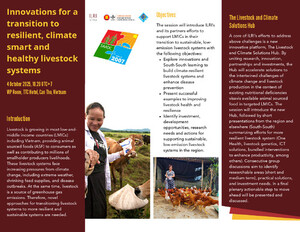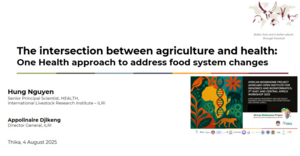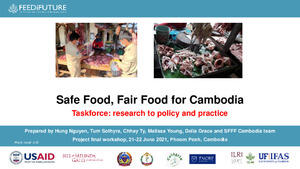
Rural employment diversification in India: Trends, determinants and implications on poverty
Abstract
This paper has studied rural employment diversification in India and across major states using NSSO data at household level for the period 1983 and 2009-10. Factors affecting rural employment diversification towards non-farm sector have also been studied. Analysis has shown that the non-farm sector has consistently grown over time and employed nearly one-third of the rural workforce in 2009-10, as compared to merely one-fifth in 1983 at all-India level. The similar trend is seen across major states as well, though the pace and pattern varied widely. In providing employment to rural workforce, increasing dominance of crop production, followed by animal husbandry was observed across major states during 2009-10. The share of fishery and forestry was negligible in providing employment to the rural workforce. The study has revealed that the increasing rural non-farm employment has positive and significant effect on reducing rural poverty at all-India level. A positive link between income and employment has also been observed in diversifying towards horticultural activities. A well designed area-specific programme should be evolved to help improve skill of rural workforce, which in turn would benefit in getting employment in the non-farm sector.
Citation
Kumar, A., Kumar, S., Singh, D.K. and Shivjee. 2011. Rural employment diversification in India: Trends, determinants and implications on poverty. Agricultural Economics Research Review 24(2):361-372.




